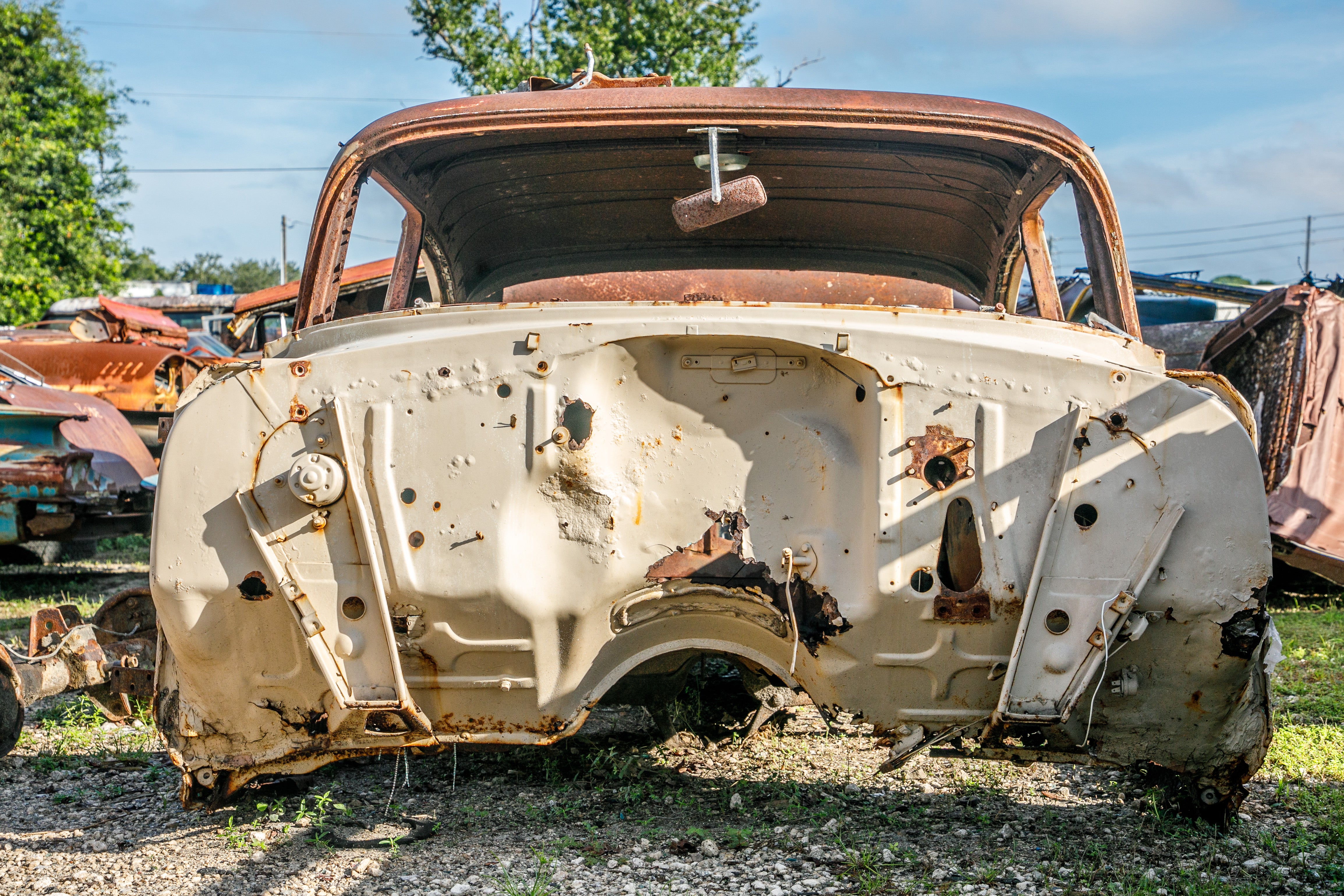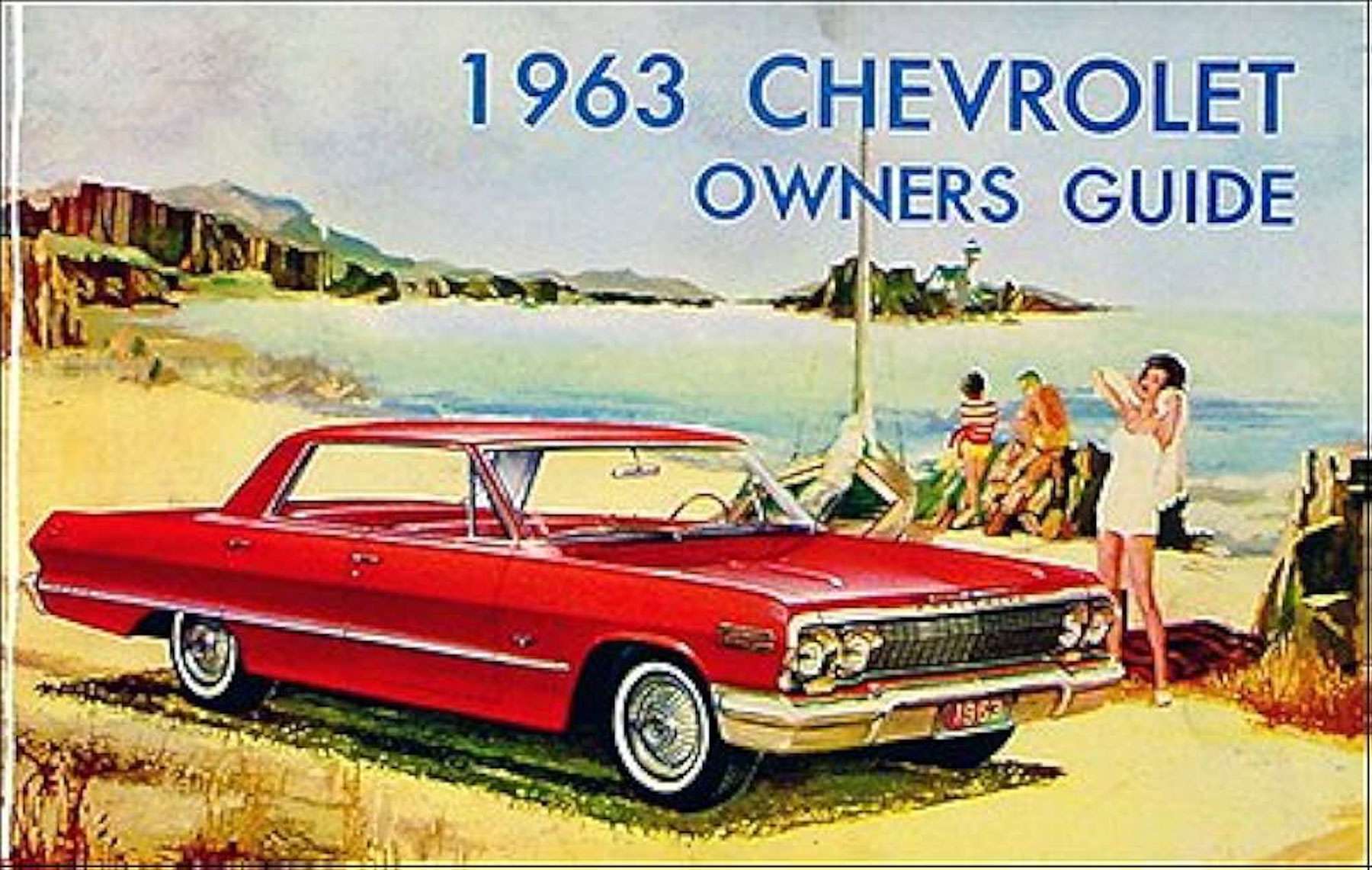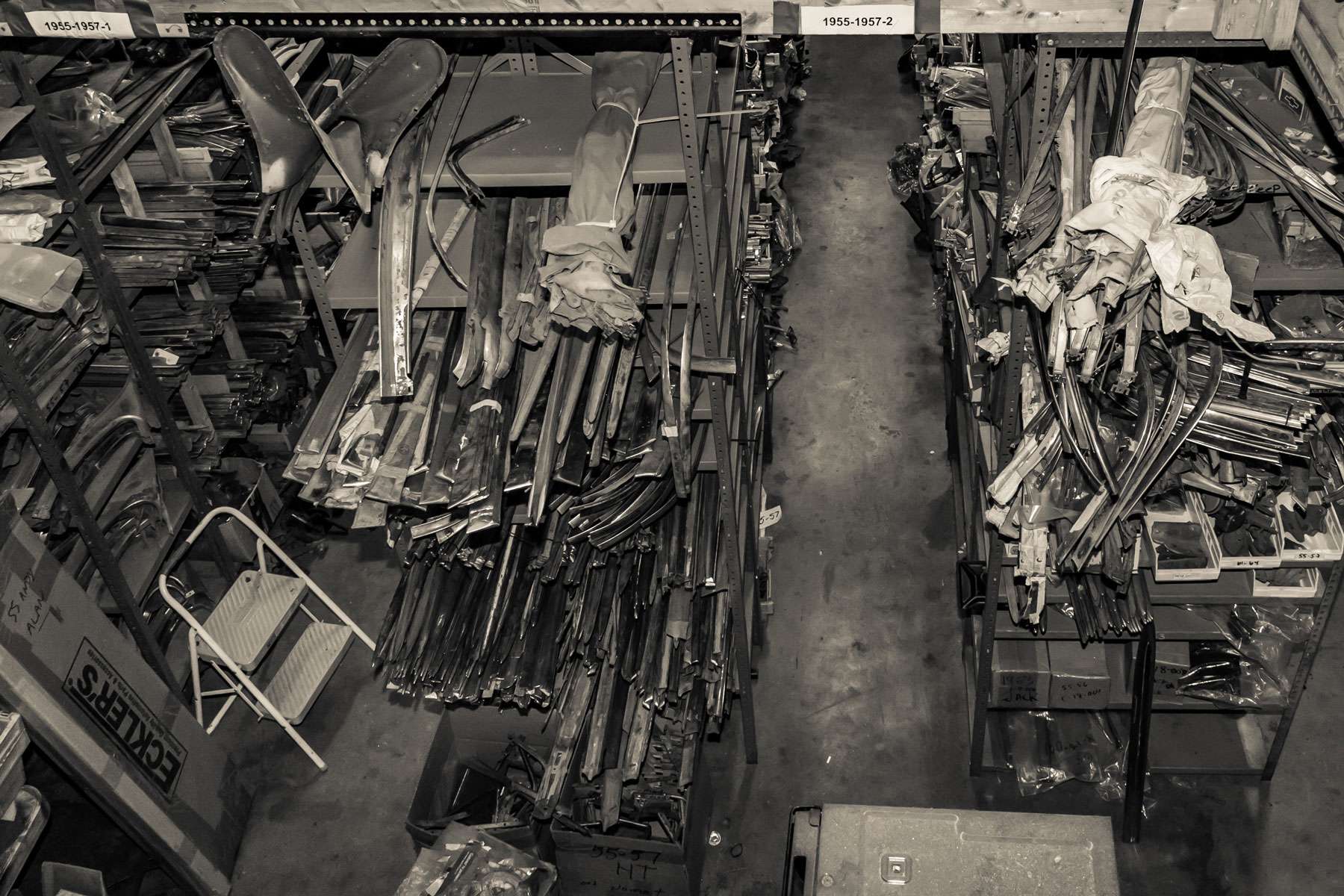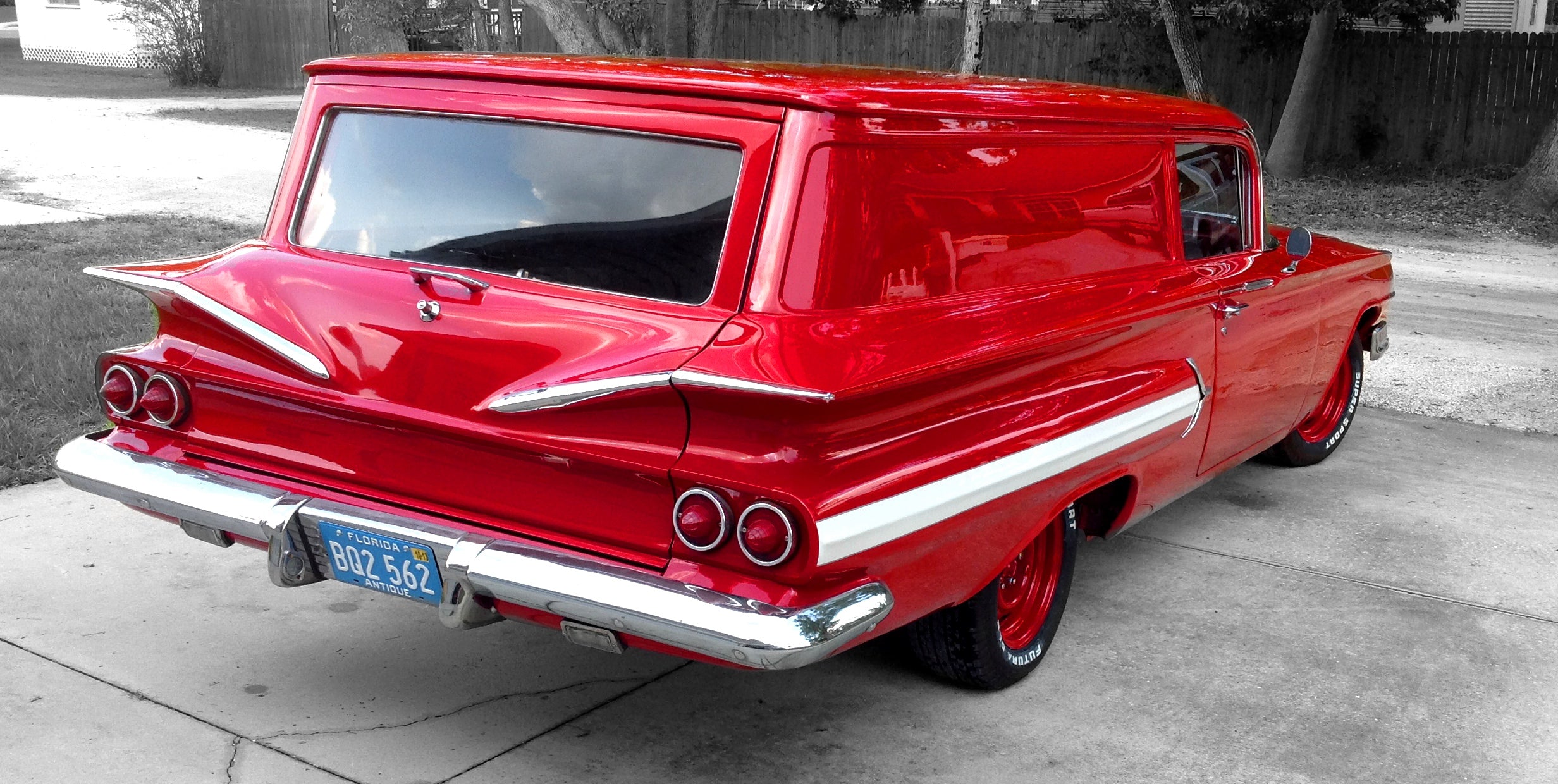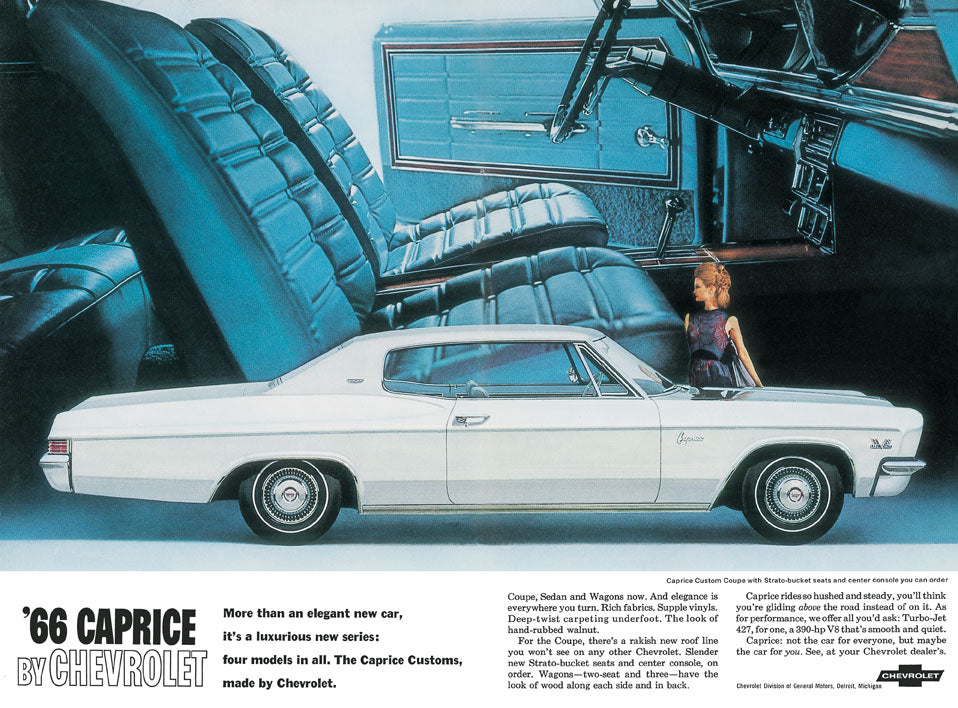
1966 Chevy Caprice: Breaking Ground for Housing Luxury

The first generation of the Chevy Caprice was truly the greatest among all its later releases. This masterpiece of Chevy automotive engineering redefined the standards for cars that were currently making the top-line series for Chevy automobiles. The Impala had already enjoyed success, and this counterpart to a vehicle of this size offered a refreshing and innovative contrast. The Estate version of this model also made some landmarks in the world of automotive releases. The Caprice was the first car released by Chevy since 1954 to feature simulated wood grains as an extremely prominent feature of the total aesthetic design.

Every Caprice was guaranteed to pack power under the hood thanks to the standard V-8 engine. These cars could also be equipped with all the top amenities at the time of their release; although, such additions cost a pretty penny in their day. Drivers who put no budget on luxury were able to come off the lot in a Caprice with an automatic transmission, vinyl top, side-wall tires, and power steering. Many of the other features that made the Caprice so desirable at the time relied on the 325 horsepower capabilities of its engine. This strength was necessary to handle the stereo channel radio, power windows, air conditioning, and cruise control. While these features are now a given on most baseline cars, such luxuries were considered to be somewhat extravagant at the time. Collectors who get really lucky might be able to find one of the few 425 horsepower models that used a Turbo Jet V-8 in conjunction with a manual four-speed transmission. Few of these were made while the bulk of the releases featured the reduced power design with less horsepower.

Chevy built the Caprice with the intention of creating a genuine rival for other luxury vehicles of its size that were currently on the road. They succeeded according to a large number of car enthusiasts and historians who equate the styling and features of the Caprice with those that were being put into the Cadillac DeVille. Other distinctions that have earned love for the Caprice are integral components in the vehicle's exterior styling. The front grill underwent a redesign, and the round tail lights that had been common on Chevy vehicles up to this point were replaced with more stylish, rectangular designs. Riders in front also enjoy the luxury of vinyl bench seating and an optional fold-down arm rest. Buyers could also indulge themselves in options for the Caprice such as the "strato-back" front seating, a bucket-style seating that complimented the bench construction, making room for up to six passengers at a time.

The wheel covers were unique as well, featuring “rally” or “mag” designs that are now extremely popular among collectors. Complimenting the style that emphasized speed and power, drivers could get their hands on stylized gauge packages and steering wheels that featured wood grain. The steering wheel also offered six different vertical settings in addition to telescopic action that allowed every driver to customize their driving experience. Adding to the idea of customization, Chevy allowed for controls that gave drivers the option of setting one constant internal temperature that the car would automatically maintain year-round. Despite the blatant individuality of the Caprice design, many of the instrumentation layouts were based on those of the Impala. Nonetheless, collectors and car enthusiasts do not deny the luxury and value that makes this car a classic in a category all its own.
